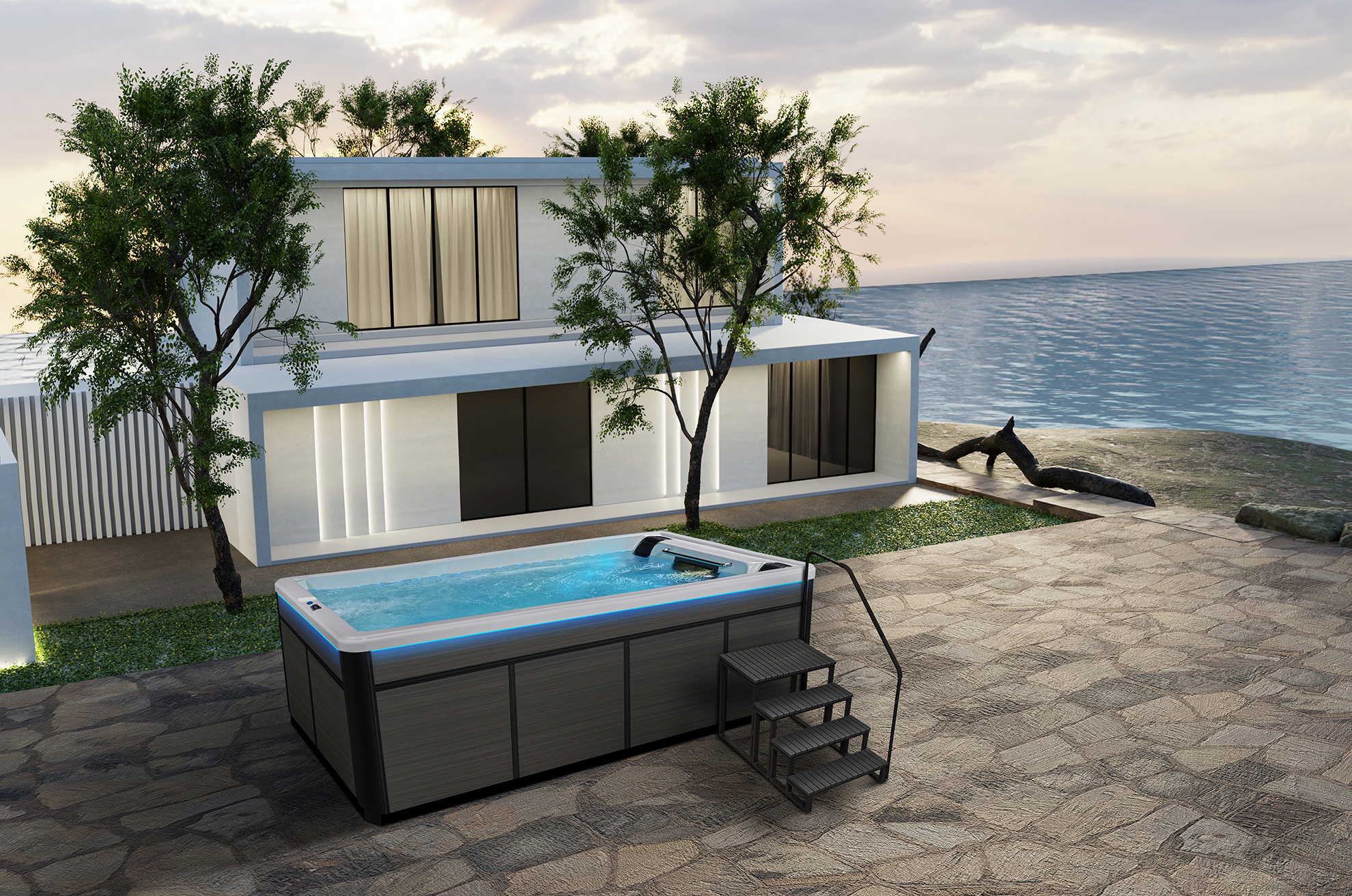Comparing Water and Electricity Usage Between Concrete Pools and Acrylic Pools for One Summer Season
When it comes to choosing the perfect pool for your backyard oasis, one of the key factors to consider is the ongoing water and electricity usage. We’ll compare the water and electricity consumption of concrete pools and acrylic pools over the course of a single summer season.
Concrete Pools:
Concrete pools have long been a popular choice due to their durability and customizability. However, they tend to be more water and energy-intensive:
1. Water Usage:
Concrete pools typically have a larger water capacity than their acrylic pools. The average concrete pool may hold anywhere from 20,000 to 30,000 gallons (75,708 to 113,562 liters) of water. To maintain this water level, you might need to top off the pool regularly. Depending on your climate, evaporation and splashing can result in significant water loss, leading to higher water bills.
2. Electricity Usage:
The filtration systems and pumps in concrete pools are often larger and require more energy to operate efficiently. They can consume between 2,000 to 3,500 watts of electricity. Running a concrete pool’s pump for an average of 8 hours a day could result in monthly electricity bills ranging from $50 to $110, depending on your local electricity rates.
Acrylic Pools:
Acrylic pools are gaining popularity for their sleek design and lower maintenance requirements:
1. Water Usage:
Acrylic pools, like the 7000 x 3000 x 1470mm pool, typically have smaller water capacities. As a result, they require less water to maintain. With proper care, you might only need to top off the pool occasionally throughout the summer.
2. Electricity Usage:
The filtration and pump systems in acrylic pools are designed to be more energy-efficient. They typically consume between 1,000 to 2,500 watts of electricity. Running the pump for 6 hours a day could result in monthly electricity bills ranging from $23 to $58, depending on your local electricity rates.
Conclusion:
In summary, when comparing water and electricity usage between concrete pools and acrylic pools for one summer season, it’s clear that acrylic pools have the advantage of being more efficient and cost-effective. They require less water and consume less electricity, ultimately saving you money while providing a delightful swimming experience.
Ultimately, the choice between a concrete pool and an acrylic pool depends on your preferences, budget, and specific needs. However, if you’re looking for a more eco-friendly and cost-conscious option, acrylic pools are an excellent choice for your summer oasis.

